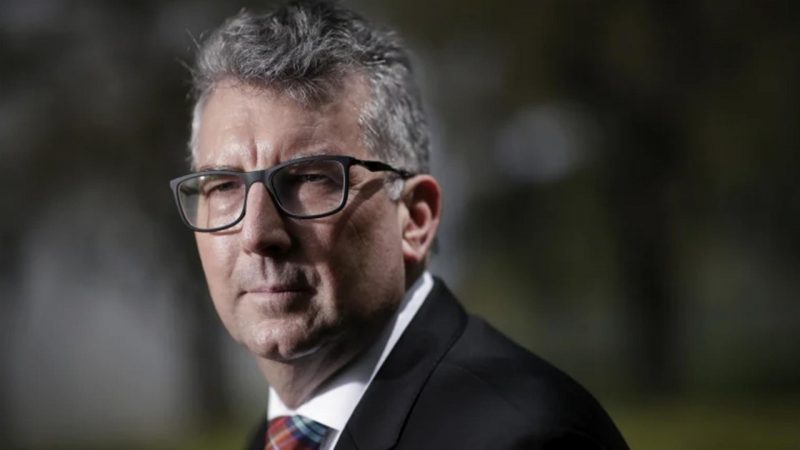- Australia’s Federal Government has committed another $173 million towards developing the Northern Territory’s Beetaloo Basin gas reserve
- This latest announcement brings the Government’s total investment in the Basin thus far to over $220 million
- The Government hopes that developing the Basin will aid Australia’s economic recovery by creating more jobs in the Northern Territory
- However, worldwide transitions towards renewable energy sources are raising concerns that demand for gas is falling sharply
- Despite concerns about the development’s carbon emissions, the Government claims to be on track to meet its Paris climate targets
Australia’s Federal Government has committed another $173 million towards developing the Northern Territory’s Beetaloo Basin gas reserve.
The Beetaloo Basin is one of five Australian gas fields which the Government intends to exploit, in order to support exports and domestic manufacturing plants.
Just weeks ago, the Government committed an initial $50 million to drive exploration at the Basin. This latest announcement brings total Federal investment in the Basin thus far to over $220 million.
At this stage, the goal is to have the Basin ready for gas production by 2025.
The Government hopes that development of the Basin will aid Australia in its economic recovery from the impacts of the coronavirus pandemic. Australia’s
Federal Resources Minister, Keith Pitt, stated that the Basin is expected to be one of the best basins in the world for gas, and could contribute up to 6,000 jobs in the Northern Territory.
“We want to see more jobs, a stronger economy, more opportunities, and we are here to ensure that we can bring the gas resources of the Beetaloo online earlier, faster, safer… providing jobs sooner than was expected,” he said.
“We need that economy to be ticking over, particularly in a post-COVID environment,” he added.
Despite these hopes, there are a number of valid concerns surrounding the development of the Beetaloo Basin. One in particular is that by the time the Basin achieves gas production (potentially in 2025), the global demand for gas will have fallen.
Throughout the world, many countries are working towards transitioning to more environmentally friendly, renewable energy sources. This dwindling need for gas over the long term could result in new gas infrastructure becoming stranded assets.
Another concern is how development of the Basin will negatively impact Australia’s carbon emissions. One projection has estimated that the Basin could produce up to 117 million tonnes of greenhouse gases annually.
However, Mr Pitt and Acting Prime Minister Michael McCormack have stated that Australia is firmly on track to meeting its Paris climate targets. They did not, however, outline what plan they have for offsetting any potential emissions from the Basin.

